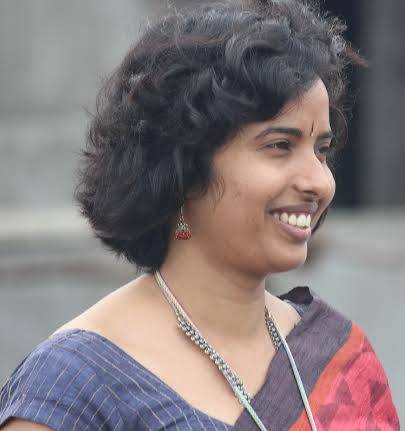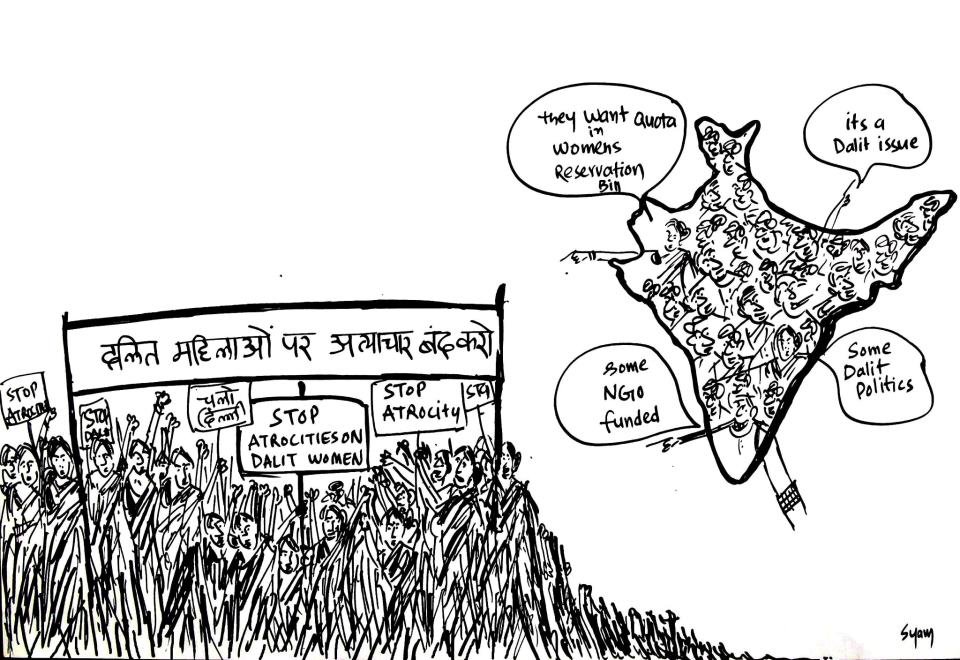by Katelyn Coyle
The Buraku of Japan and the Dalit of India remain the lowest caste of their respective countries. Experiencing more than just poverty and low status, the Buraku and the Dalit have been described as being lower than human, filthy, and contaminated. Members of these castes are considered to be the untouchables. Highly discriminated against, the untouchables remain outcastes, even in modern society. Both the history of the caste systems in Japan and India, andmodern reformation movements must be discussed to fully grasp the current situation of the Dalits and the Buraku.
To understand the discrimination towards the Dalit of India, one must be knowledgeable of the caste system in India. A caste can be defined as a social class, made distinct from others by differences in rank, profession, or wealth. The caste system in India has been heavily influenced by the Hindu religion. In Hinduism, everyone is born into a caste (or jati). One cannot change his orher caste. Micheal D. Coogan writes,
Underlying the hierarchical social system is the fundamental Hindu idea that people are born into an existence that is the fruit of their past karma. One’s socialstatus in life is therefore traditionally considered predetermined and immutable, and the individual must adhere to the particular ritual practices and dietary rules ofhis or her jati.
Scholars studying the history of India point out that the caste system might have evolved due to race. It is believed, that along with sacrificial religions, the Aryans might have integrated a caste system into the country, dominating the darker skinned natives (Majumder). Four castes predominate in India. The Brahman, the priests and holy leaders, are the highest class, which is followed by the Kshatriya, the princes and warriors. The Vaishya are the farmers, merchants, and artisans of society, and the Shudra are servants and workers .
The lowest class is the Dalits, known as the untouchables. The Dalits are said to have no caste as they are not even viewed as being part of human society. As Emerson explains, in the Hindu religion, the three highest classes, the Brahamin, the Kshatriya, and the Vaisya, can be referred to as “twice born,” and in the past these three castes were the only people allowed to study the sacred texts and scriptures (298). Those designated as untouchables, or Dalits, often concerned themselves with work that was considered “impure.” Work that involved killing, the disposal of waste, or the handling of corpses was reserved for this caste. Even in modern India, Dalits are still seen ascontaminated. An upper class person who is touched by a Dalit or who comes in contact with theshadow of a Dalit must go through elaborate cleansing rituals to undo the “damage” done. Dalits cannot wear shoes in the presence of those in higher castes and still encounter many barriers against practicing religion. Even to this day, untouchables are often chased out of many temples for fear of contamination.
READ MORE ON AGORA JOURNAL










